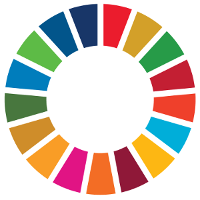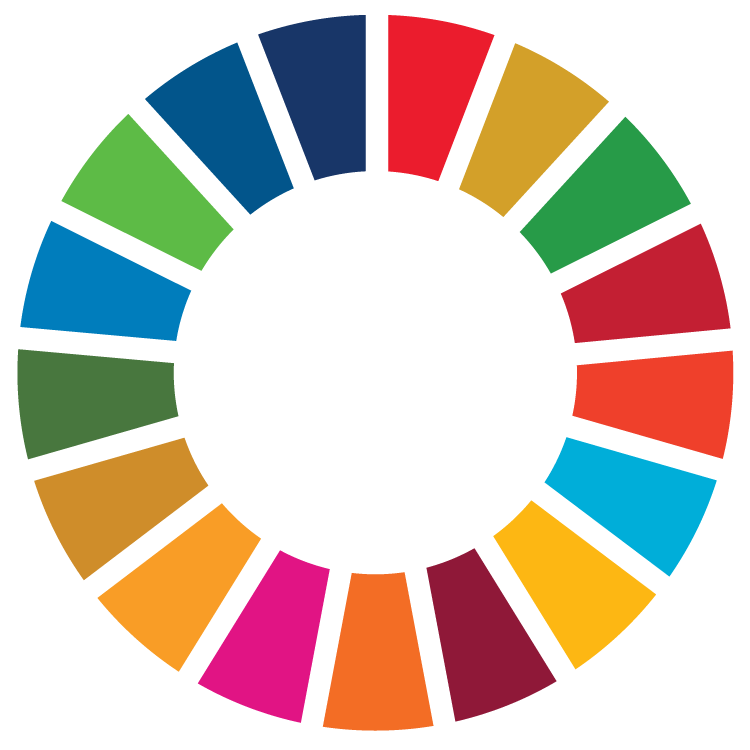What are Sustainable Development Goals (SDGs)?

The Sustainable Development Goals (SDGs) are 17 ambitious objectives for a greener, healthier, more peaceful, and equal planet. Here are 10 things you should know about them:
The journey begins…
The idea for the SDGs was born at the 2012 Rio+20 Summit in Brazil. At the summit, government leaders began creating a set of universal goals to tackle poverty, ill health, inequality and environmental degradation. The idea was to use the SDGs as a new agreement to replace the eight Millennium Development Goals (MDGs), which expired in 2015.
Largest consultation in history
It took 3 years to design the goals and targets. Governments, businesses, communities, universities, NGOs and youth from all over the world participated in the negotiations, with more than seven million people voting in 84 national surveys.
Birth of the goals
On 25 September 2015, after many years of discussion and consultation, all 193 countries finally agreed and signed the SDGs and make the commitment to achieve them by 2030. You can find the agreement on the UN’s website.
Other names
The SDGs are sometimes referred to as the ‘Global Goals’ or ‘Agenda 2030’.
New way of thinking
The SDGs are changing how we think about money, growth and profit. They see economic wellbeing, social inclusion and environmental sustainability as closely interconnected.
A universal agenda
The SDGs are universal and were created to “leave no one behind”. The goals apply to both rich and poor countries, cities and villages, young and old, male and female.
Interconnected
The goals and targets are strongly connected to each other. For example, poverty (Goal 1) can lead to hunger and malnutrition (Goal 2), which may lead to health problems (Goal 3) that may prevent children from completing their education (Goal 4) or adults from getting a job (Goal 8). As you can see, the links between the goals mean that we cannot see them in separation to one another but as a puzzle, which cannot be completed without all the pieces.
Complex targets & indicators
As the famous saying goes “you treasure what you measure”. Hence, the 17 Sustainable Development Goals (SDGs) are accompanied by 169 specific targets and 232 measurable indicators. These targets and indicators will help countries plan their policies, measure their progress, find gaps and report the results to the international community.
Not just governments
Governments are not the only ones working on the SDGs. A huge number of NGOs are using the SDGs in planning and decision-making, and a growing number of private companies, city councils and universities are doing the same. It is also the responsibility of all people, as individuals, to make a contribution.
The cost
Based on current estimates, the world will need around $2.5 trillion (US dollars) per year to achieve the SDGs by 2030. That’s around 3% of the world economy.
Finally and most importantly, between now and 2030, there is an enormous amount of work to do. Achieving the SDGs will need action from governments, civil society, communities, companies and youth.

The Sustainable Development Goals (SDGs)
SDGs cover poverty, hunger, health, education, climate change, environment, gender equality, clean water, clean energy, decent work, cities, oceans, and much more.
